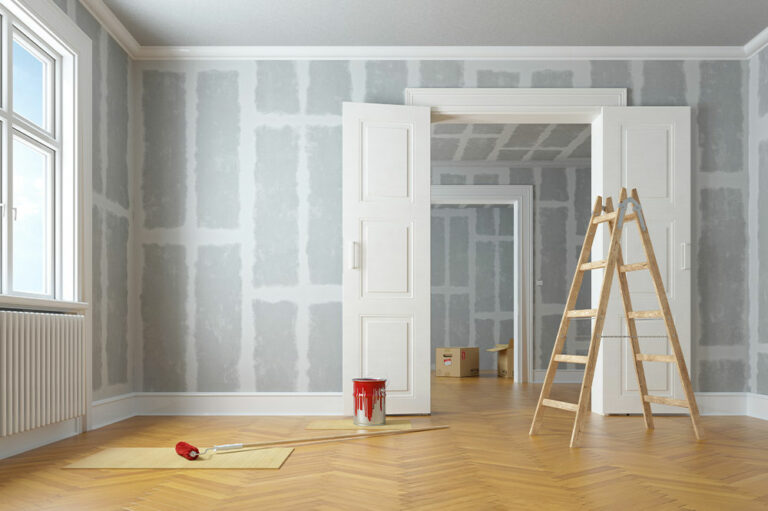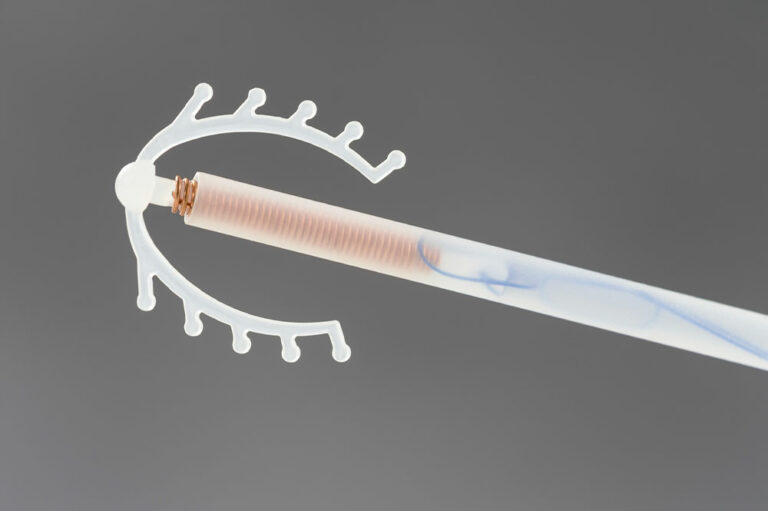5 plumbing mistakes DIYers make and how to fix them

With instruction videos available for just about anything on the internet, do-it-yourself (DIY) projects have become commonplace. While they can be a great way to learn a new skill and save some money, they can also lead to costly mistakes that could affect life and property. These are especially seen in the plumbing industry. In this article, we will discuss five common plumbing mistakes DIYers make and how to fix them.
Overtightening connections
DIYers frequently overtighten supply tubes, pipes, fittings, and toilet bolts. Although this feels like a preventive measure to avoid any loose, leaky connections, it could be a recipe for disaster. Overtightening fixtures increase the risk of cracks that can cause the fitting to break open and flood the area. To fix this, remember to be gentle with the fittings and follow the manufacturer’s instructions closely.
Not documenting how things go back together
While taking things apart can feel quick and easy, putting them back together is often a major task. However, many DIYers choose not to document how things go together. This results in panicked phone calls to professional plumbers and increased repair expenditure.
Fix this mistake by keeping instruction guides and manuals handy, and take plenty of pictures, notes, and videos to document the process and reduce the risk of confusion.
Forgetting to slope the bathroom floor
This technicality can be easy to miss as a DIYer. For proper drainage in the bathroom, shower stalls with tiled floors must always be angled. This prevents water seepage into the grout, reducing the risk of fostering mold and mildew in the area. Overlooking this sloping can endanger health and cost lots of money in repairs later. The only “fix” for this mistake is a bathroom renovation.
Using too many chemical drain cleaners
Chemical drain cleaners sound like an easy way to clear out those nasty pipes, but they could be doing more harm than good. The corrosive chemicals in these cleaners can damage metal traps and pipes, leading to leaks. Moreover, if the cleaner fails to clear the clog, it may remain stuck in the trap arm, which can be dangerous for anyone who removes it later.
Therefore, instead of these cleaners, it is best to use a snake, a barbed drain cleaning tool, or a power auger to clean kitchen and bathroom drains. If possible, remove the P-trap and pour out any dirt and debris trapped in it.
Wrapping thread tape backward
PTFE thread tape or Teflon tape is commonly used to seal the fittings effectively. Many people, however, wrap this tape backward, which can be counterproductive. Instead, follow these instructions when using tape:
- Wrap the tape three times around the threads, with the last wrap facing left as the pipe is screwed on.
- For fittings that carry water, rely on thin white or thick pink thread tape.
- For gas line connections, use yellow gas-rated tape.










